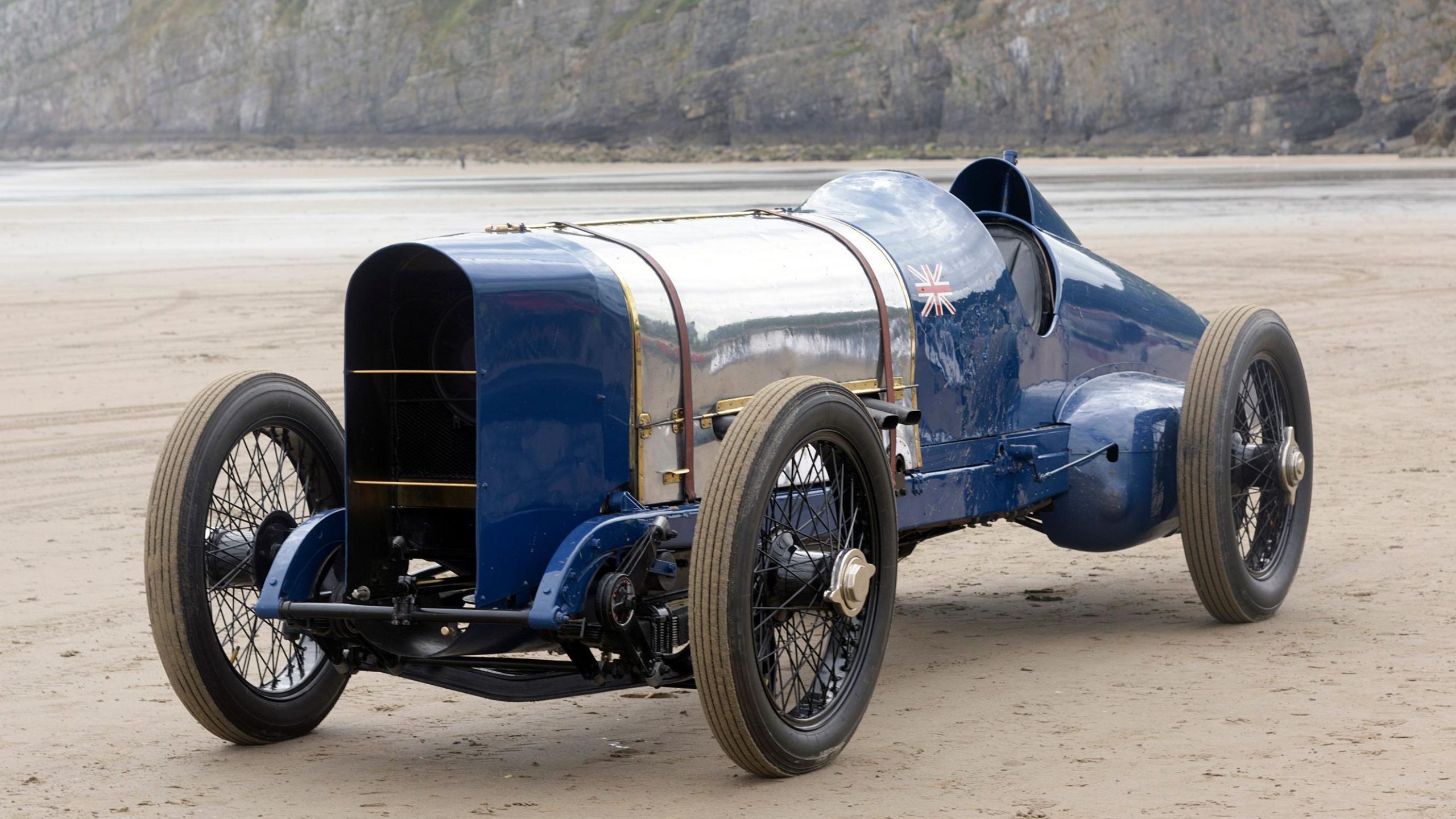In 1925, along a coastline in south-west Wales, the automobile industry was transformed forever.
A car dealer called Malcolm Campbell and his Sunbeam vehicle, the Blue Bird, which had 350 horsepower, aimed to utilize the seven miles of Pendine Sands in Carmarthenshire to achieve a speed of 150mph (241km/h) in a car for the first time.
He had previously established and then relinquished the world land-speed record multiple times, yet this time, in front of global media, he aimed to break a barrier that many doubted could be achieved.
However, it was. During two runs on 21 July 1925, he achieved an average speed of 150.766mph, propelling him into global fame.
Now, a century later, Blue Bird will return to Pendine to commemorate the historic accomplishment.
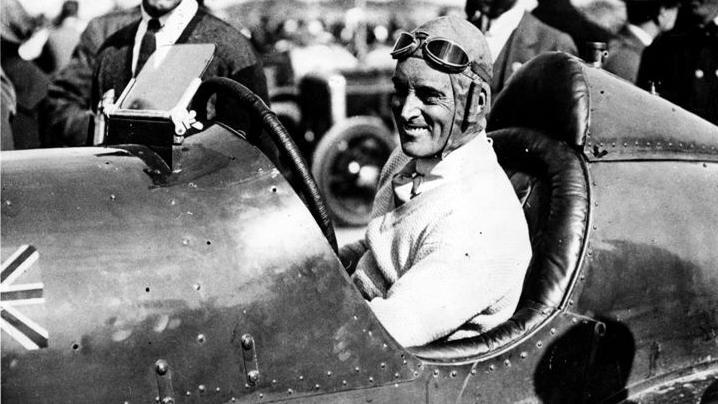
It will be transported to the beach for a symbolic activation in the presence of Sir Malcolm’s grandson, Don Wales.
Mr. Wales is merely a single component of Sir Malcolm’s history of achieving remarkable feats.
Sir Donald Campbell, son of Sir Malcolm, was the only individual to simultaneously hold both the land and water speed records, until his death at Coniston Water in the Lake District in 1967 during another attempt to set a record.
His daughter Gina set a new women’s world water speed record.
Although Mr. Wales, the nephew of Donald Campbell, has previously set UK and world records for the fastest electric vehicle, steam-powered car, and fastest lawnmower globally.
Mr. Wales stated, “There’s something inherent in our DNA, I believe it stems from Grandad’s adventurous Scottish forebears.”
We are all family-oriented, but when the intense passion of racing takes over, nothing is more important than pushing our right foot down and witnessing how fast our cars, skills, and courage can carry us.
Mr. Wales mentioned that he believed his grandfather was not ready for the recognition that the achievement would generate.
He moved from a mention on the back pages to the top story in every newspaper, received congratulations from the King, and suddenly everyone wanted to be linked with him.
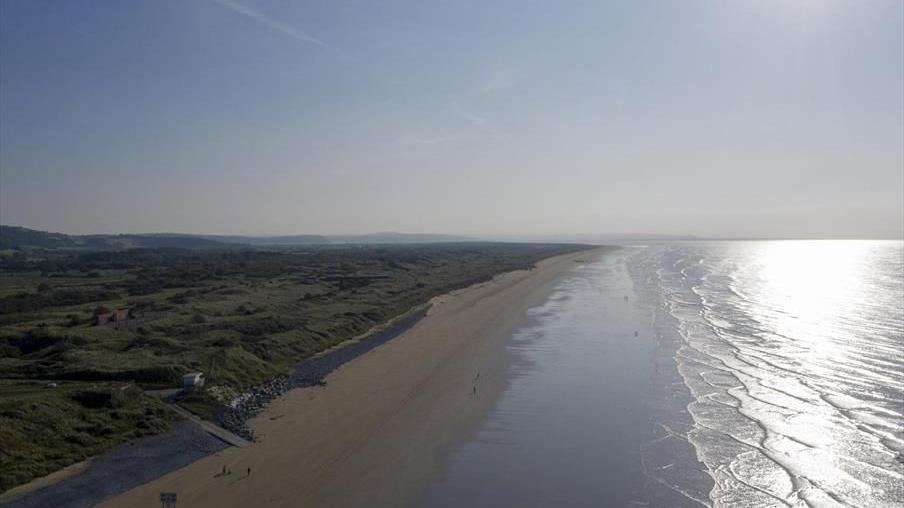
Pendine served as the testing ground for land speed records during the 1920s, offering ample space for vehicles to reach and, more crucially, decelerate from speeds that could no longer be attained on racetracks such as Brooklands.
From 1924 to 1927, Sir Malcolm competed with his friend and competitor, John Godfrey Parry Thomas, a Wrexham engineer, for the leading position.
Together, they increased the record from 140mph (225km/h) to 176mph (283km/h), until Parry Thomas died in his homemade car, Babs.
“Grandad and Parry Thomas had completely different methods of approaching the record,” Mr Wales mentioned.
Blue Bird was a streamlined vehicle designed for track racing that had been modified for land speed, whereas Babs was specifically constructed for setting records, concentrating solely on the immense power required to cover a mile in the shortest time possible.
The difference in approaches was what maintained the public’s interest.
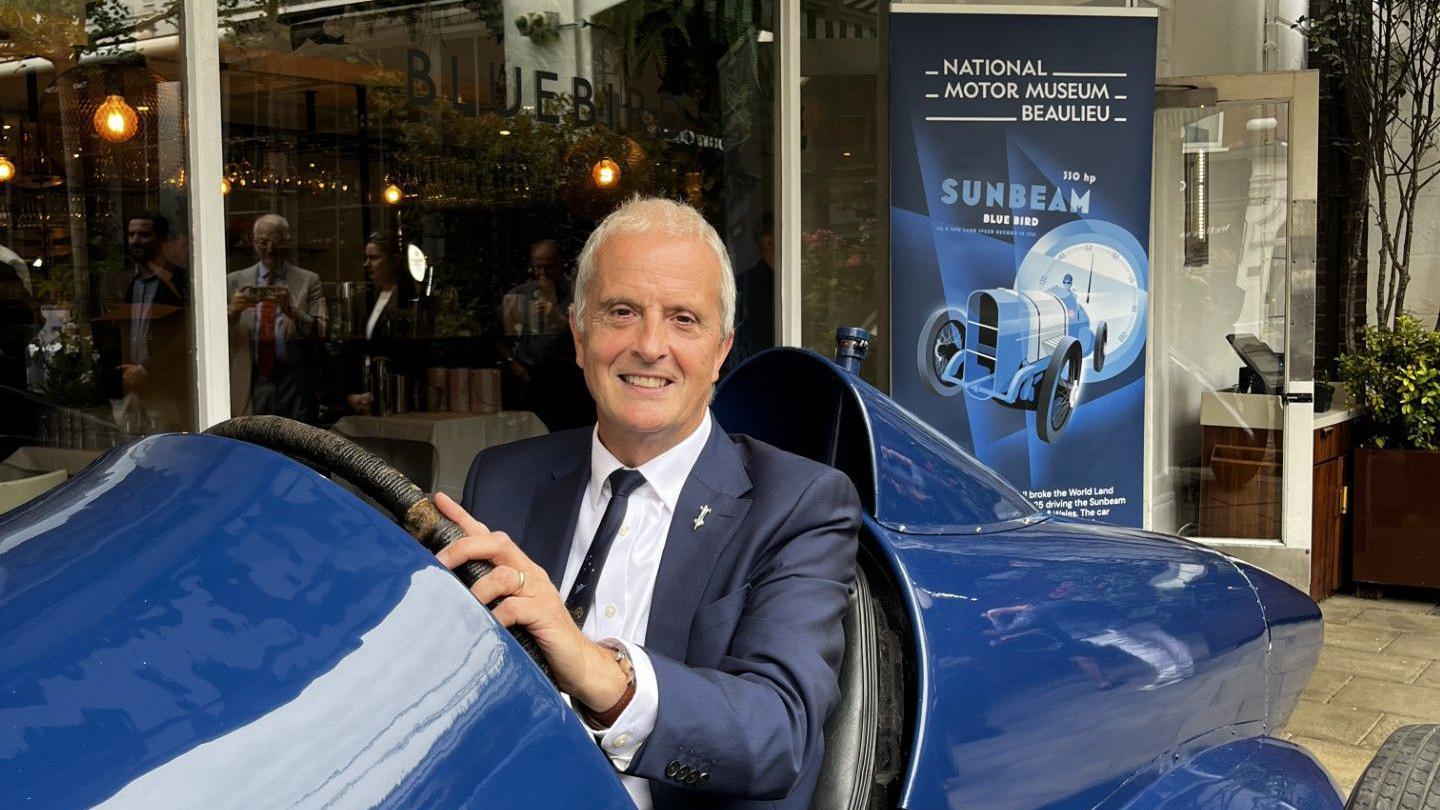
Mr. Wales operated the Blue Bird ten years ago on the anniversary, describing it as “equally terrifying and amazing.”
But although it was powerful, Sir Malcolm realized the Blue Bird had reached its limit, and this was proven when Henry Segrave broke the 200mph barrier at the 23-mile stretch of Daytona Beach in Florida.
Partly due to respect for Parry Jones – and because of the additional space available at Daytona in comparison to Pendine – Sir Malcolm achieved the first 300mph (483km/h) speed with a newer version of Blue Bird.
Currently, the original Blue Bird is looked after at the National Motor Museum in Beaulieu, Hampshire, although the vehicle has not always enjoyed such favorable conditions.

It was saved from a barn in the 1950s, then remained in place at Beaulieu for over 30 years before a problematic effort to restart it in 1993.
The chief engineer at Beaulieu, Ian Stanfield, stated: “It should never have occurred; you never start a car that has been stationary for over 30 years, but there was pressure to get it operational.”
The unavoidable occurred: the engine locked up, she developed a broken connecting rod, and damaged the crankcase along with several valves and pistons.
It took roughly a decade to restore the engine, as the original Sunbeam factory in Wolverhampton was destroyed during World War Two, and they had almost no funds, relying on requesting and acquiring parts wherever possible.
He is concerned about whether the skills required to maintain Blue Bird for another hundred years are present.
I’ve spent 47 years here, with some of my coworkers having served even longer. We must locate the funds and time to educate the next group of individuals to maintain the vehicles we’ve had the honor of looking after, and hand over the responsibility.
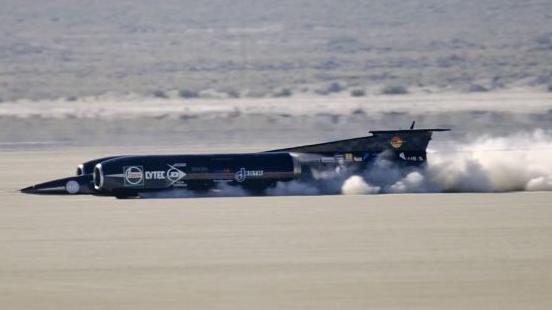
Nevertheless, Mr. Wales is more assured about the future of the land-speed record.
A century ago, no one was certain whether reaching 150mph was achievable.
Currently, there are two initiatives aiming to surpass 1,000 miles per hour.
If the public interest and the industry’s motivation to move ahead once more are present, there’s no reason it couldn’t occur within our lifetime.
The greatest difficulty lies in locating a place that is sufficiently long to try it.

